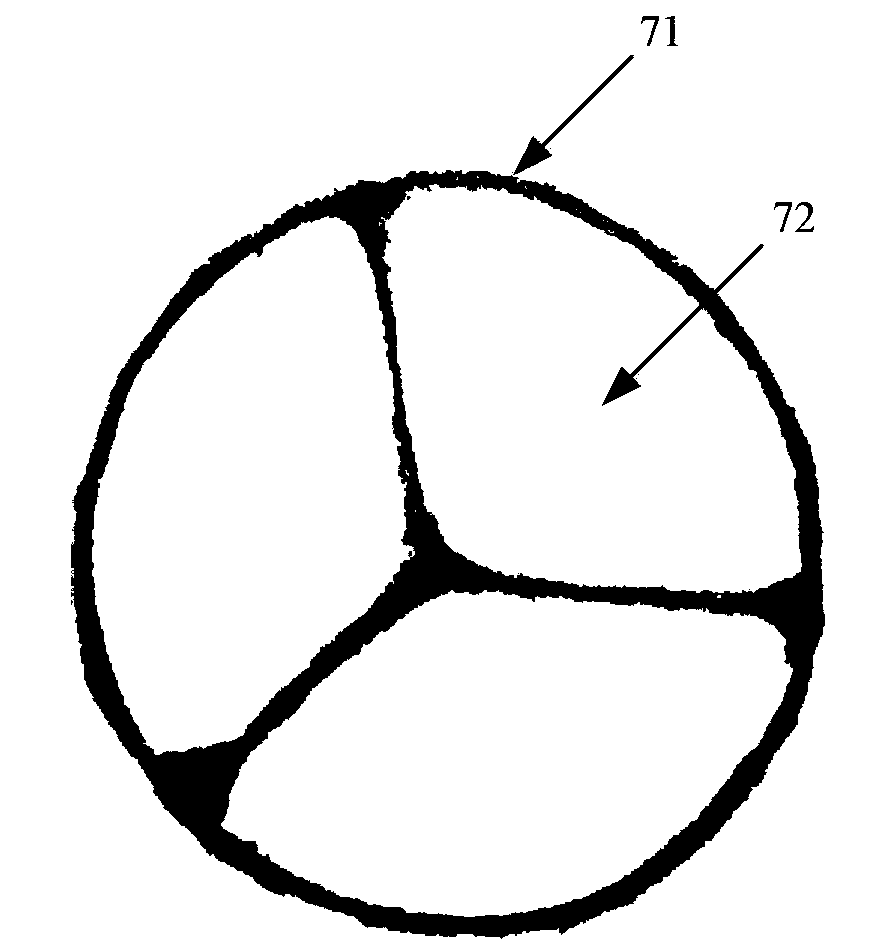Intraesophageal stent used for esophageal rupture and stomal leak plugging
A technology for anastomotic leakage and esophageal rupture, applied in the field of esophageal stents, can solve the problems of poor position, easy displacement, and poor self-expandability of degradable stents, and achieve the effect of preventing stent displacement and accelerating healing
- Summary
- Abstract
- Description
- Claims
- Application Information
AI Technical Summary
Problems solved by technology
Method used
Image
Examples
Embodiment
[0041] When using the esophageal stent of the present invention for esophageal rupture and anastomotic leak closure, put the unreleased esophageal stent 10 into the conveyor 8 before placing it into the patient; The 8 head ends of the conveyor come out. The conveyor 8 with the support is sent to the lesion site through the patient's mouth or nostrils under the guidance of the guide wire 9, and the anti-displacement line 1 is pulled out from the patient's mouth or nostrils; Gradually release the intraesophageal stent off-line: first release the intragastric part 6 of the stent in the gastric cavity, then adjust the position of the stent and continue to release, so that the dumbbell-shaped notch 5 at the gastric end is just stuck in the cardia or anastomosis position, and then continue to release, so that after the stent main body 3 and the proximal end 2 of the stent are completely released, the anti-displacement line 1 is pulled out and straightened. Fix the guide wire 9, wit...
PUM
 Login to View More
Login to View More Abstract
Description
Claims
Application Information
 Login to View More
Login to View More - R&D
- Intellectual Property
- Life Sciences
- Materials
- Tech Scout
- Unparalleled Data Quality
- Higher Quality Content
- 60% Fewer Hallucinations
Browse by: Latest US Patents, China's latest patents, Technical Efficacy Thesaurus, Application Domain, Technology Topic, Popular Technical Reports.
© 2025 PatSnap. All rights reserved.Legal|Privacy policy|Modern Slavery Act Transparency Statement|Sitemap|About US| Contact US: help@patsnap.com



